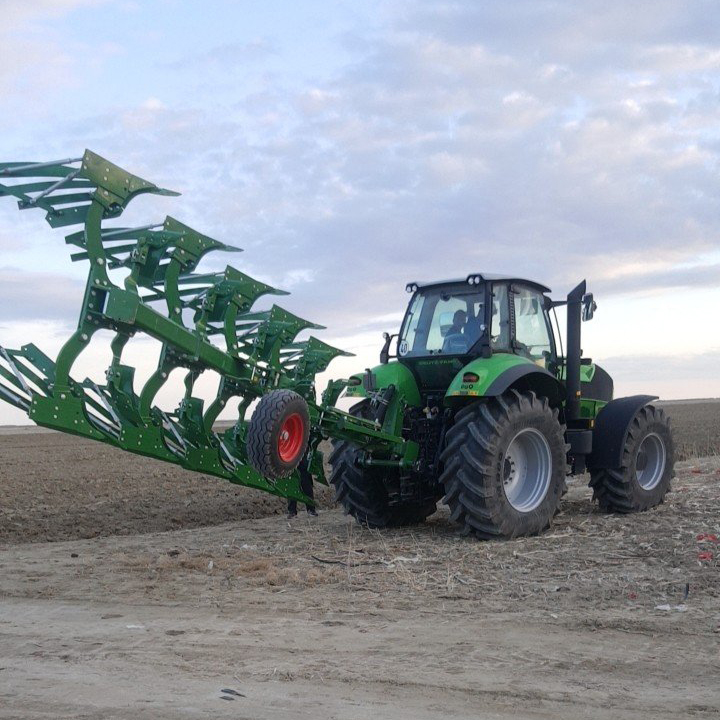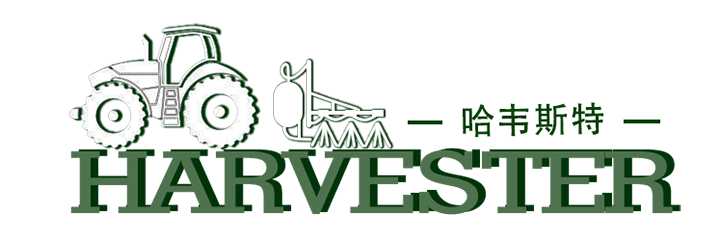Do you know these adjustment methods for hydraulic turnover plow?
2024-08-21
The hydraulic turnover plow includes a suspension frame, turnover cylinder, check mechanism, ground wheel mechanism, plow frame, and plow body. If you have a hydraulic turnover plow, could you adjust it?
This article briefly introduces several adjustment methods for hydraulic turnover plow based on practical experience:
1. Horizontal adjustment
Firstly, adjust the level of the suspension head frame crossbeam. The crew stopped on level ground. Rotate the handle on the tractor boom, extend or shorten the length of the boom, so that the suspension crossbeam is parallel to the ground. The height of the crossbeam from the ground is determined by the specific plowing depth, and the greater the plowing depth, the lower the crossbeam. Then adjust the level of the plow frame. The method is to adjust the adjustment bolts on both ends (or other parts) of the plow suspension head frame, so that the height of the left and right bolts protruding from the crossbeam is consistent. The protrusion height value depends on the specific plowing depth, and the greater the plowing depth, the more protrusions there will be. Through the above adjustments, the lateral level of the plow has been basically ensured.
2. Vertical adjustment
After the horizontal adjustment of the plow frame is completed, the longitudinal horizontal adjustment of the plow frame should be carried out during the trial tillage. During trial plowing, observe whether the plow frame (or inclined beam) is horizontal. If it is high in the front and low in the back, it may cause difficulty for the plow frame to enter the soil or shallow plowing. The upper pull rod should be shortened; On the contrary, the upper pull rod should be extended. At this point, it should be noted that the vertical horizontal adjustment is carried out after completing the horizontal adjustment, while ensuring the horizontal state. The adjustment is limited to adjusting the upper pull rod. If the length of the lower pull rod is adjusted to change, it will inevitably cause horizontal damage to the plow frame of the entire machine. At this point, even if the plow frame reaches a horizontal state when in one tillage state (such as flipping to the right), it is difficult to ensure that the plow frame can be in a horizontal state when in another tillage state (flipping to the left).
3. Plowing depth adjustment
If it is a plow with height adjustment control for plowing depth, it is necessary to adjust the ground wheel screw to adjust the plowing depth.
Under normal circumstances, the rated plowing depth of a hydraulic turnover plow is 20-30 cm. If the plowing is shallow; adjust the limit support bolts of the depth limiting wheel fixing plate, shorten the bolts, tilt the depth limiting wheel backwards, lower the plow frame, and achieve the purpose of increasing depth. If the plowing depth is too deep(exceeds 30cm), use the same method to adjust the long support bolts of the flipping plow, tilt the depth limiting wheel forward, and raise the plow frame to achieve shallow plowing.





